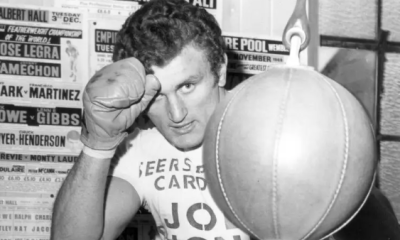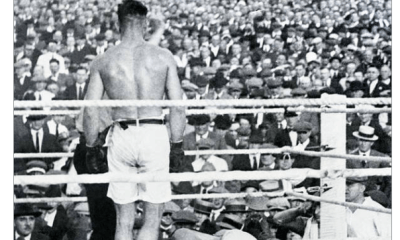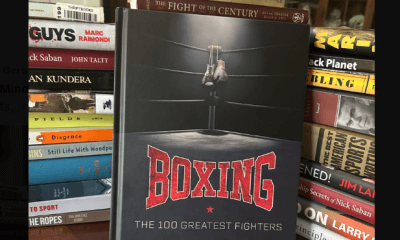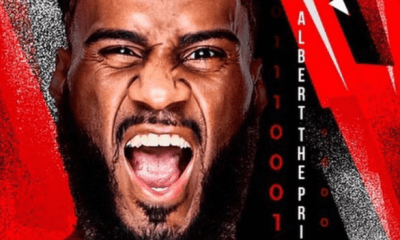Featured Articles
How Oddsmaker Jimmy Vaccaro Became a Sidebar in the Buster Douglas Story
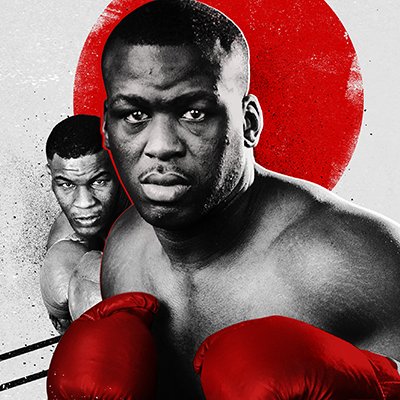
When Jimmy Vaccaro, a close friend of long standing, set odds on the Tyson-Douglas fight, he never imagined that he would become a central figure in the story about the greatest upset in boxing, arguably the most famous upset in all of sports. At some point during the course of the betting, the odds favoring Tyson hit 42 to 1 and that became the title of the newest ESPN “30 for 30” documentary which premiered on Tuesday, Dec. 11.
A little background. Vaccaro grew up in blue-collar Trafford, Pennsylvania, a small town about 20 miles from Pittsburgh. An older brother, John Paul “Sonny” Vaccaro, went on to become the most powerful man in basketball by virtue of his relationships with players, coaches, and shoe companies. He is credited with hatching Nike’s “Air Jordan” empire. (Sonny was the subject of an ESPN “30 for 30” documentary in 2016.)
In 1975, Jimmy Vaccaro arrived in Las Vegas and found work as a 21-dealer at the Royal Inn, a small casino that sat just off the Strip. The pay for a break-in dealer was $16.50 a shift.
Nevada had recently passed legislation that allowed sports betting to co-exist under the same roof with other forms of gambling. During the previous 25 years, sports betting was quarantined in little mom-and-pop bookie joints. When the Royal Inn put in a sports book, Vaccaro moved over to that department.
In November of 1989, after stops at several other books, Steve Wynn hired Vaccaro to open a sportsbook inside his newest property, the Mirage. Situated in the center of the Las Vegas Strip, the Mirage, with its artificial volcano outside the front entrance, was instantly the most “must-see” attraction in town.
At the Mirage, Vaccaro was the only department head among those that interacted with hotel guests who wasn’t made to wear a suit and tie. Sometimes he showed up for work in jeans. He was a “suit” by virtue of being a department head (a derogatory term in Las Vegas, similar in some respects to bean counter), but by all accounts he didn’t own an actual suit. Concordantly, his style of bookmaking, unrestrained by Wynn, could be described as freewheeling.
In bookmaking, unlike pari-mutuel horse racing, odds are posted on an event and then adjusted, if necessary, to stimulate more betting on the side that is under-bet. A perfectly balanced book — where there is an identical amount of money on each side — is an ideal construct, an abstraction, but bookmakers strive to achieve this by adjusting the odds to where they get two-way action and thereby stand to make roughly the same profit regardless of the outcome.
At the Mirage, Vaccaro often didn’t wait for the money to show to adjust a betting line. If he had a “dead number” – for example, a pointspread on a football game that wasn’t attracting any good-sized wagers – he would adjust it in hopes of stimulating activity. He did this on slow days, or during slow periods of a day, simply as an antidote to boredom.
On one particularly slow day, basically just for the fun of it, Vaccaro decided to post a line on the Tyson-Douglas fight. Tyson would obviously be such a heavy favorite that the proposition would attract little betting, likely just a few peanuts from the suckers in the “bet a toothpick to win a lumberyard” crowd, but, what the heck, there was nothing wrong with a little window dressing. None of the other books in Nevada had it and most hadn’t even bothered to offer odds on how long the fight would last. The wise-guys figured that Tyson would blow Douglas away within the first three rounds.
Then something incredible happened. The seemingly invincible Iron Mike Tyson lost. Buster knocked him out in the 10th round. In short order, Vaccaro was summoned to appear on “Good Morning America.”
Window dressing at the Mirage wasn’t like window dressing at other properties. At other properties, a proposition designed as a conversation piece would be attached to a very low limit. The primary intent was free publicity. But the Mirage attracted a fair number of so-called whales, men (mostly from Asia) who would bet more in a short fling at baccarat than an average workingman would earn in an entire year. If inclined to bet on a sporting event, a whale could get down pretty much whatever he wanted. The sky was the limit.
Vaccaro has said that he took a $160,000 wager on Mike Tyson at 40/1 odds, a wager that would have won $4,000. That’s plausible given the clientele of the Mirage, but it’s a figure that I have always taken with a grain of salt. I say this because my friend Jimmy Vaccaro has tossed out different numbers over the years when asked about the betting.
According to various newspaper reports and what appears in certain books, the betting line opened at 27/1 (the consensus) or 35/1. It crested at 42/1 (the consensus) or 48/1.
Many years ago, Vaccaro told me for a book that I was writing that he accepted a $56,000 wager on Tyson at 28/1, a $64,000 wager at 32/1, and a $143,000 wager at 39/1. He would subsequently provide different figures (close, but different) to Las Vegas Review-Journal sportswriter Stephen Nover and others.
What is almost certainly true is that the odds hit 42/1 as they bounced around and that’s as good a number as any to illuminate the magnitude of Buster’s upset.
Nowadays, when so much betting is done online, one often sees fights where the odds are higher than 42/1. But usually these lines are just for show. Getting down a serious wager on the underdog is out of the question, although an exception would likely be made for a valued client who spreads his action around. In the old days, there were so-called newspaper lines, lines provided to newspapers for information purposes. If one wanted to bet into this line, he would likely be told, and gruffly, to go down to the newspaper office and talk to the sports editor. Good luck with that.
Odds play an important role in sports because they cut to the chase, knifing through the ballyhoo to inform us whether a match is likely to be competitive. And, as mentioned, they serve the purpose of quantifying the bigness of an upset. Before the Tyson-Douglas fight, the biggest upset in heavyweight boxing in recent times came when Leon Spinks upset Muhammad Ali in their first meeting. Ali was widely quoted as a 9/1 favorite.
Odds bedevil sportswriters, however, because they are not static and often vary from place to place. When a sportswriter weaves odds into his story, he is taking a snapshot of something that is fluid. It’s sort of like citing the distance from the shoreline to the lifeguard station at a beach. (As an aside, I would advise readers to be cautious of recycling odds that appear in old books. Most boxing historians have treated the odds very loosely and some have invented odds to imbue a storied fight with a higher shock quotient for dramatic effect.)
During my lifetime, there have been at least four instances where a baseball team available at 100/1 in April went on to win the World Series. The Leicester City soccer club overcame considerably higher odds to win the 2016 Premier League title. So, from a numbers standpoint, Buster Douglas’s upset was hardly the biggest upset in sports.
But there are upsets and then there are quantifiably lesser upsets that register much higher on the shock meter. I once met a person who told me that when he read in his Sunday morning newspaper that Mike Tyson had lost, the world stood still, as it did when JFK was assassinated and when OJ was acquitted. For some people, talk about the Tyson-Douglas fight brings back a flood of memories even if they never saw the fight.
By the way, Jimmy Vaccaro, who is prominently featured in “42 to 1,” is currently on the payroll at the South Point, a locals-oriented casino that is a good drive from the Strip, although it sits on the same boulevard. His main responsibility, so far as anyone can tell, is to hang around the sports book, one of the busiest in the city. His boss, South Point owner Michael Gaughan, once famously said, “I don’t know exactly what it is that Jimmy does around here.”
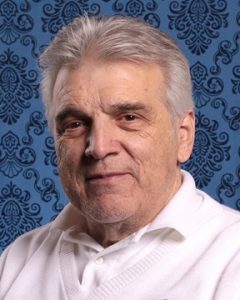
He’s still the most quotable sports betting personality in town, and as down-to-earth as ever, about what one would expect from a fellow whose father spent 42 years working in a Pennsylvania steel mill.
There are rumors that Vaccaro will be heading back to Pennsylvania before the Super Bowl and the odds of that happening, unfortunately, are a lot lower than 42/1. He’s the last of an era and the town would miss him.
Check out more boxing news on video at The Boxing Channel
To comment on this article at the Fight Forum, Click Here
-
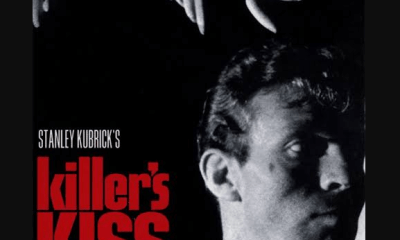
 Featured Articles4 weeks ago
Featured Articles4 weeks agoThe Hauser Report: Cinematic and Literary Notes
-
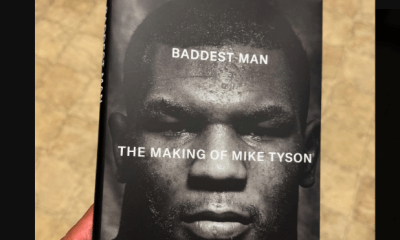
 Book Review3 weeks ago
Book Review3 weeks agoMark Kriegel’s New Book About Mike Tyson is a Must-Read
-
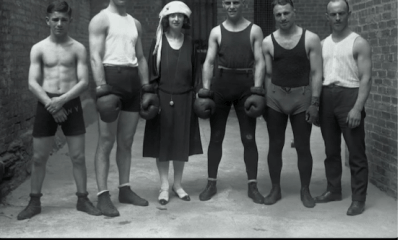
 Featured Articles2 weeks ago
Featured Articles2 weeks agoThe Hauser Report: Debunking Two Myths and Other Notes
-
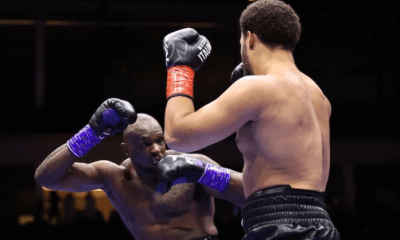
 Featured Articles3 weeks ago
Featured Articles3 weeks agoMoses Itauma Continues his Rapid Rise; Steamrolls Dillian Whyte in Riyadh
-
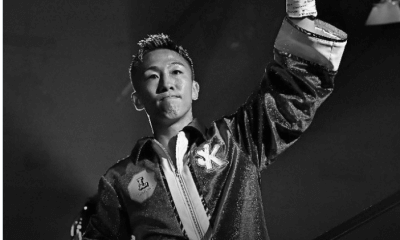
 Featured Articles4 weeks ago
Featured Articles4 weeks agoKotari and Urakawa – Two Fatalities on the Same Card in Japan: Boxing’s Darkest Day
-
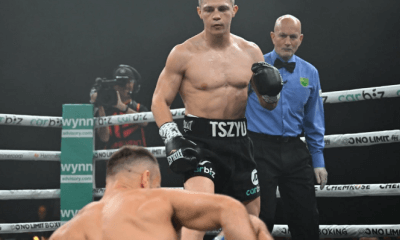
 Featured Articles2 weeks ago
Featured Articles2 weeks agoNikita Tszyu and Australia’s Short-Lived Boxing Renaissance
-
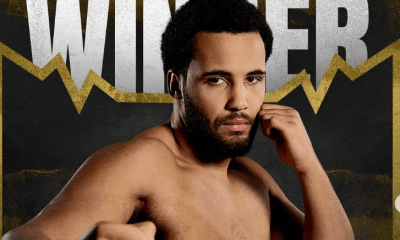
 Featured Articles3 weeks ago
Featured Articles3 weeks agoIs Moses Itauma the Next Mike Tyson?
-
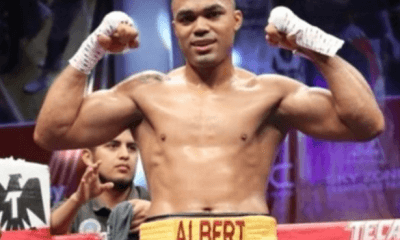
 Featured Articles4 weeks ago
Featured Articles4 weeks agoRamirez and Cuello Score KOs in Libya; Fonseca Upsets Oumiha




